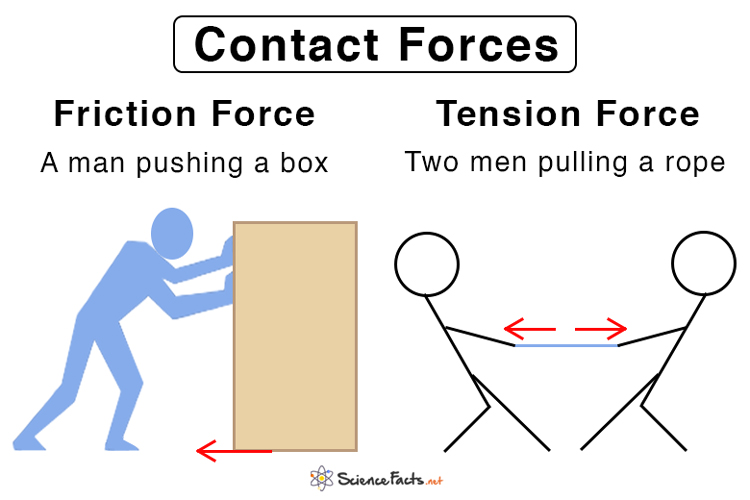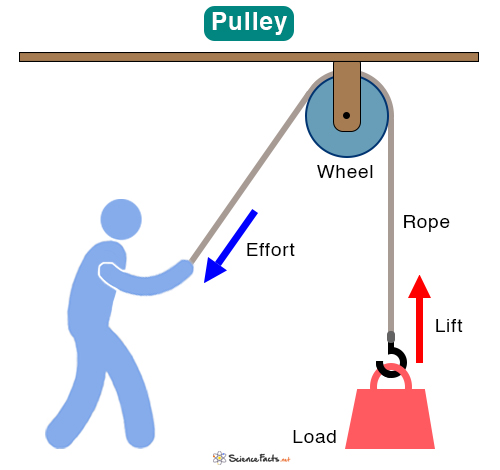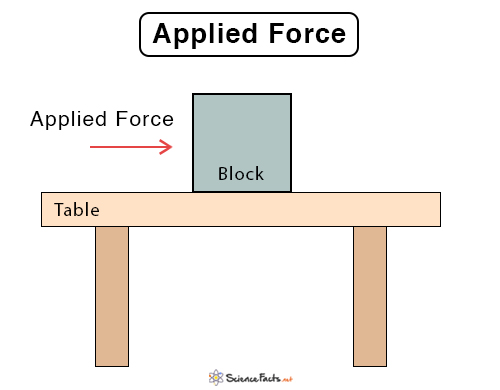Poisson’s Ratio
Poisson’s ratio measures a material’s deformation when stretched or compressed. It quantifies how much it shrinks or expands in directions perpendicular to an applied normal force.
For example, when a rubber band is pulled, it not only gets longer but also becomes slightly thinner. Therefore, in addition to longitudinal elongation, it also experiences lateral contraction. The same happens with many materials, including metals and plastics.
To quantify the extent to which a material deforms, we first need to define strain, which measures the relative change in shape caused by an applied force.
Longitudinal and Lateral Strain
When a normal force, such as tensile force or compressive force, is applied to a material, it undergoes strain. Strain is defined as the ratio of the change in length to the original length. Two types of strain quantify material deformation: longitudinal strain and lateral strain.
Longitudinal or axial strain refers to the deformation along the direction of the applied normal force. It measures the longitudinal extension or compression and is quantified by the following equation:
Lateral or transverse strain applies when the material contracts or expands sideways. It measures the strain perpendicular to the direction of the applied normal force and is given by:
Both types of strain are essential for defining Poisson’s ratio mathematically.
Poisson’s Ratio Formula
Poisson’s ratio, denoted by the Greek symbol (ν), is the ratio of lateral strain to longitudinal strain. It is calculated using the following formula:
The negative sign means that most materials compress sideways, i.e., reduce width, when pulled and vice versa. Therefore, Poisson’s ratio remains positive due to the typical deformation behavior.
Now that we have the mathematical definition of Poisson’s ratio let us examine typical values for various materials.
Poisson’s Ratio Values
For most common materials, Poisson’s ratio ranges between 0 and 0.5. For example, rubber has a higher value (close to 0.5), meaning it gets much thinner when stretched. On the other hand, metals like steel have a lower value (around 0.3), meaning they do not shrink as much when stretched. Here is a table showing the Poisson’s ratio values for different materials.
| Material | Poisson’s Ratio |
|---|---|
| Rubber | 0.48 |
| Lead | 0.44 |
| Gold | 0.42 |
| Copper | 0.37 |
| Aluminum | 0.34 |
| Polystyrene | 0.34 |
| Stainless Steel | 0.3 |
| Zinc | 0.25 |
| Fused quartz | 0.27 |
| Boron | 0.08 |
Poisson’s Ratio Applications
- Engineering and Construction – Helps engineers design strong and stable buildings, bridges, and roads by understanding how materials deform under stress.
- Biomechanics – Helps doctors and scientists understand how the bones and tissue respond to forces.
- Material Science – Helps scientists and researchers design new materials, such as plastics, rubber, and composites, with specific properties for different uses.
- Aerospace and Automotive – Important for designing aircraft and car parts that need to be lightweight but strong.
- Sports Equipment – Used to improve the design of helmets, shoes, and other protective gear to absorb shocks effectively.
- Manufacturing – Helps in making flexible and durable products, such as rubber seals, gaskets, and packaging materials.
Solved Problems
Problem 1: A metal rod is stretched in length by 0.02 m when subjected to a tensile force. At the same time, its diameter decreases by 0.0004 m. If the original length of the rod was 1 m and the original diameter was 0.05 m, calculate Poisson’s ratio.
Solution
Given
Original length: L0 = 1 m
Change in length: ΔL = 0.02 m
Original diameter: d0 = 0.05 m
Change in diameter: Δd = -0.0004 m
Calculate longitudinal and lateral strain:
Calculate Poisson’s ratio:
The metal rod has a Poisson’s ratio of 0.4, which is typical for metals.
Problem 2: A rubber sheet is stretched, producing a longitudinal strain of 0.01. If the Poisson’s ratio of rubber is 0.5, calculate the transverse strain.
Solution
Using the formula for Poisson’s ratio:
The negative sign implies that the width of the rubber decreases.
The transverse strain is 0.005.
-
References
Article was last reviewed on Tuesday, March 4, 2025








